Biography :
Porcelain from the Famille Rose, also called yangcai (“foreign colors”), has polychrome decorations in which pink tones dominate.
The decor is “posé sur couverte”, meaning after a first firing of the porcelain covered of transparent enamel. It is during a second firing, called “small fire” (800°C) that colors are fixed. This type of décor appears under the reign of the Yongzhen Emperor (1723-1736) and is developed under the reign of Emperor Qianlong (1736-1796). Its creation is interlinked with the history of exchanges between Orient and Occident in the 17th and 18th centuries. It is indeed a Dutch chemist, Andreas Cassius, who, in 1650, discovered the chemical formula to obtain pink enamels : the mineral purple, then called “Cassius purple”, obtained from Gold salt. China quickly acquired this technic and used pink shades for its national production but mostly for its exportation products.
Pink family porcelains are quite often decorated with plants patterns made of flowers and bouquets.
The trade of goods such as porcelain and spices between a metropolis and its colonies was often controlled by a company to which the state conferred a monopoly, and which bore the name of Compagnie des Indes. Under the name of the Indies were listed all the new territories which could be reached by taking the Eastern route (East Indies) and those which could be reached by the Western route, called the New World route (West Indies).






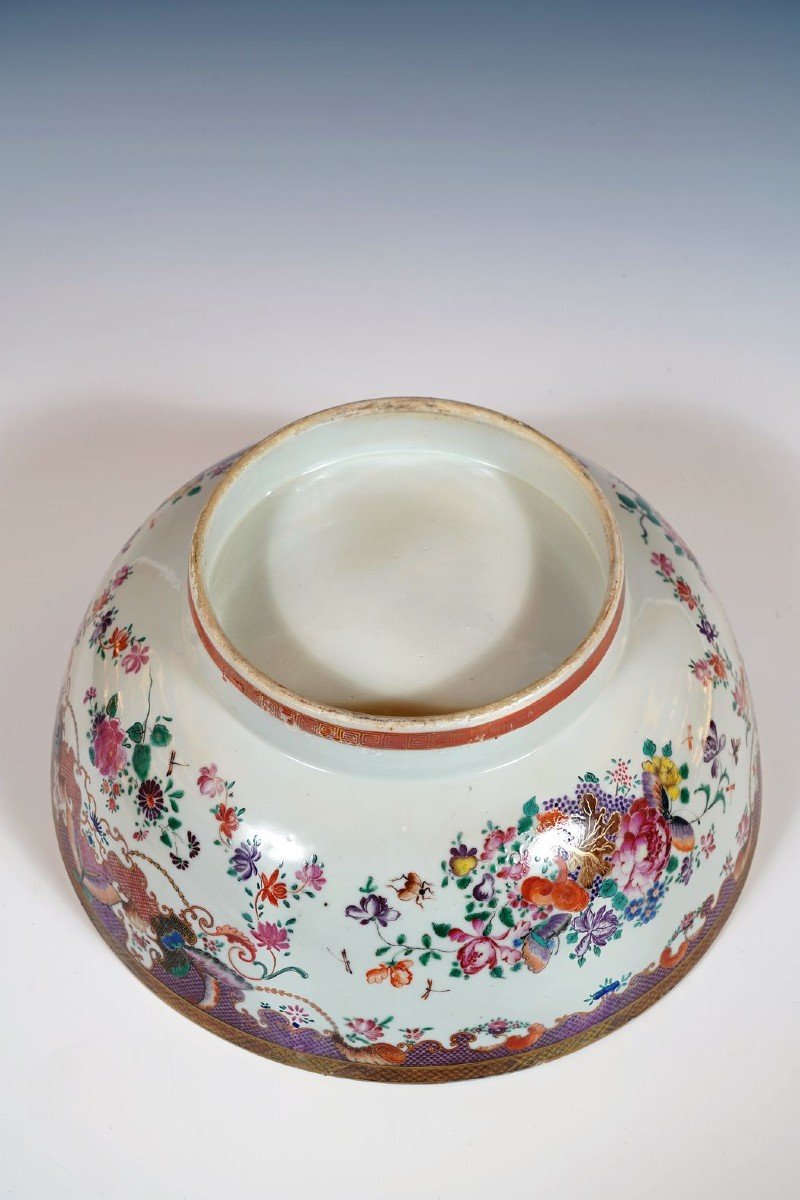











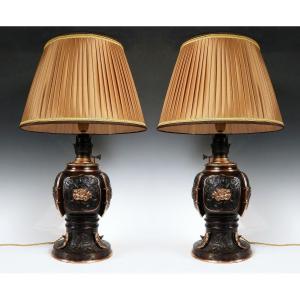
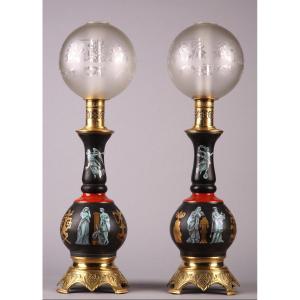
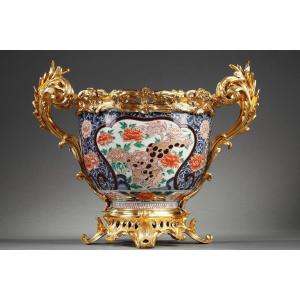
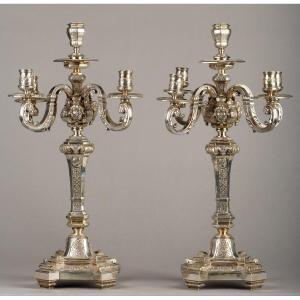
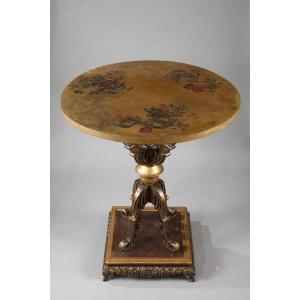
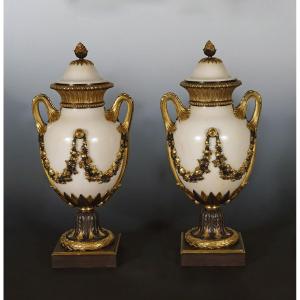




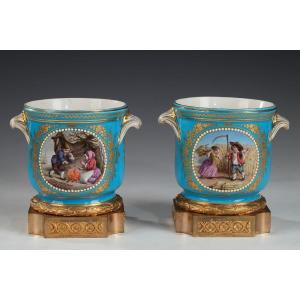
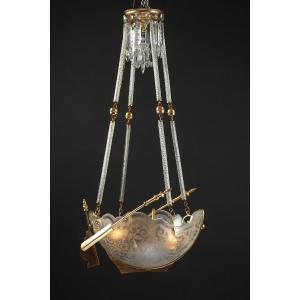

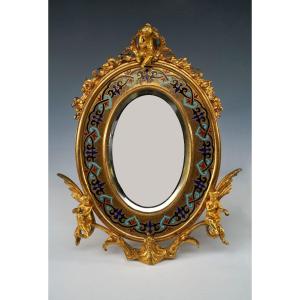

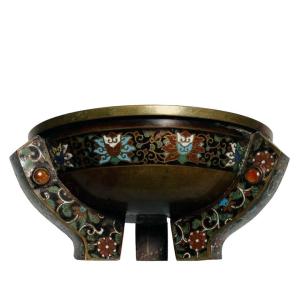
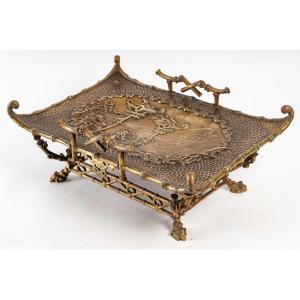
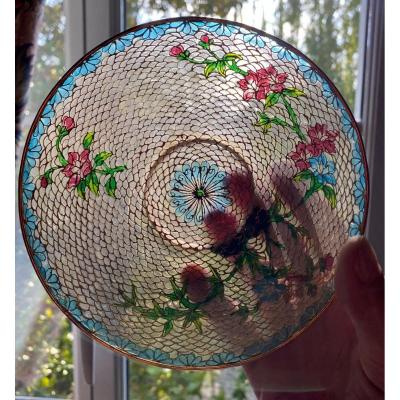
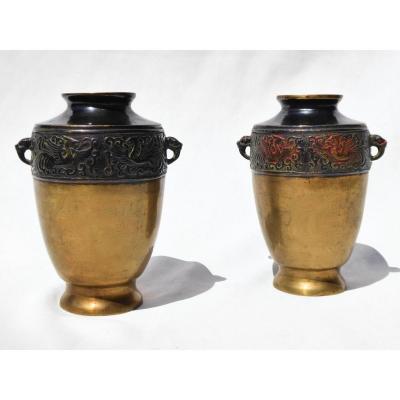



 Le Magazine de PROANTIC
Le Magazine de PROANTIC TRÉSORS Magazine
TRÉSORS Magazine Rivista Artiquariato
Rivista Artiquariato